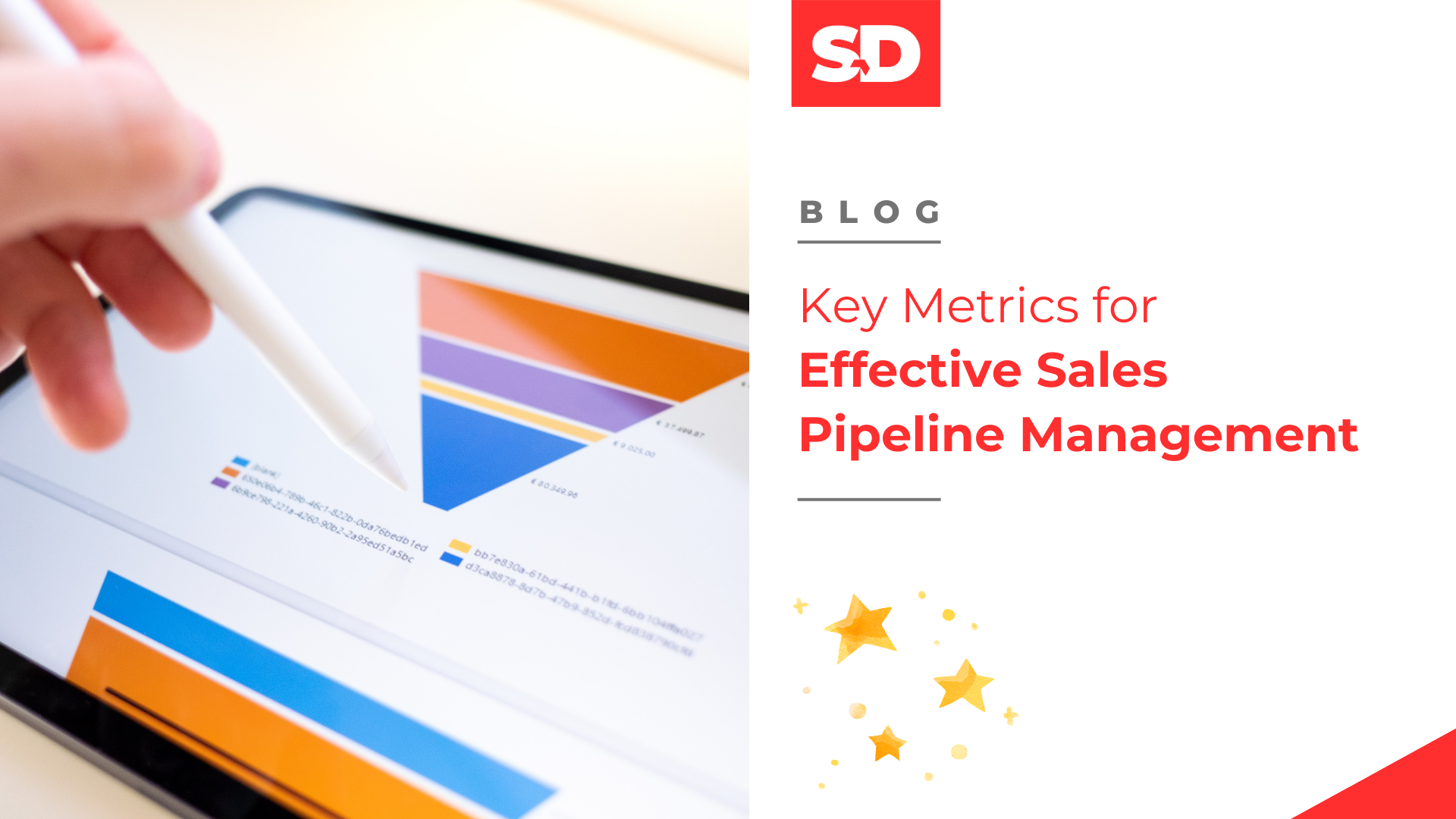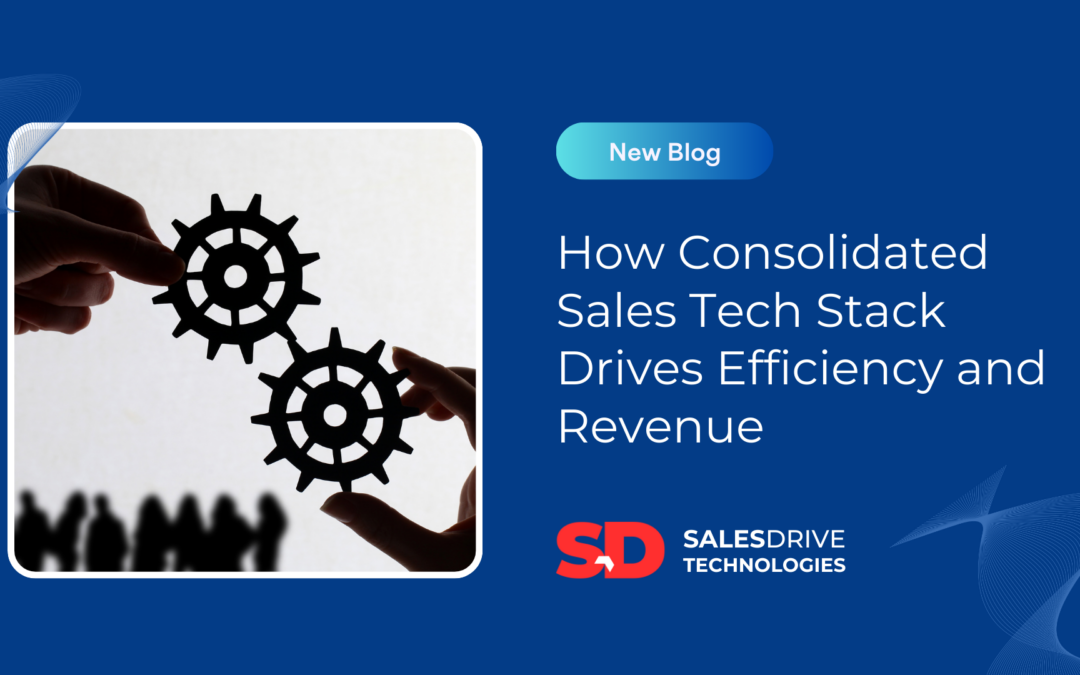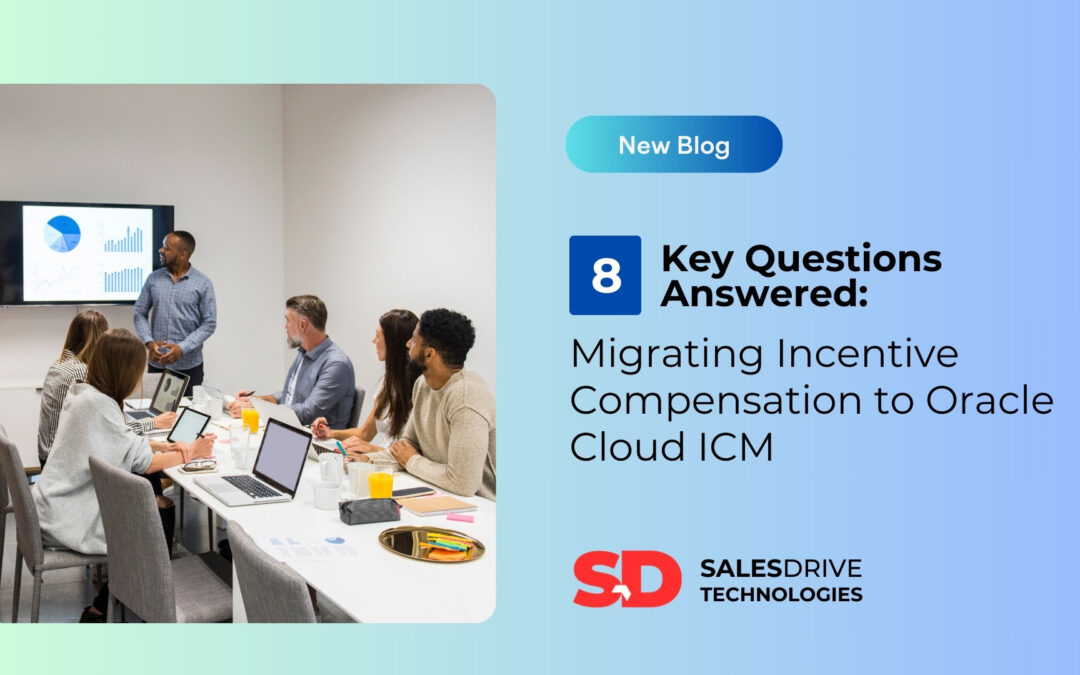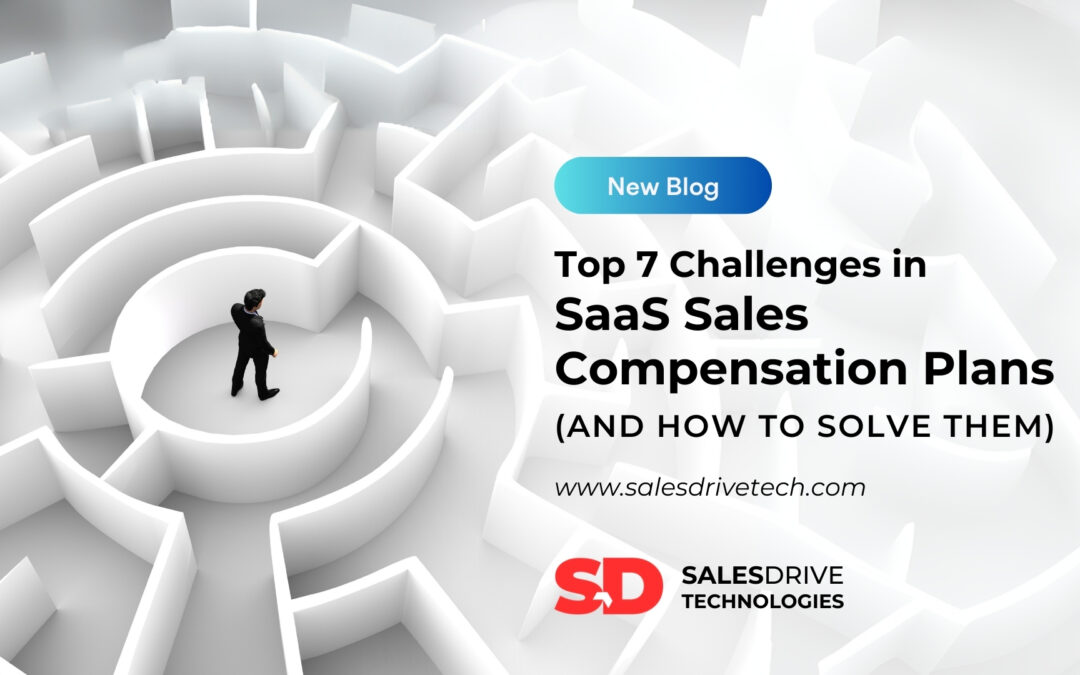For any organization, the sales pipeline is a vital resource for understanding the sales process. Unlike a sales funnel that focuses on broad buyer stages like awareness, sales pipeline tracks the specific actions prospects take at each step. It acts as a detailed record, following each prospect’s journey towards becoming a customer.
Sales pipeline analysis unlocks the valuable data within the sales pipeline. It’s like conducting an audit of your sales process, revealing how effective each action is at converting leads into sales. By analyzing sales pipeline, you gain a comprehensive understanding of your entire sales system:
- Identify Winning Activities: Discover the actions that consistently push prospects closer to a sale.
- Pinpoint Bottlenecks: Find the stages where prospects get stuck or drop out of the sales process entirely.
- Locate Conversion Zones: Identify the stages where prospects are most likely to become paying customers.
- Make Data-Driven Forecasts: Analyze your pipeline to predict future sales volume with greater accuracy.
Regular sales pipeline analysis is a continuous improvement engine. By analyzing sales pipeline data, you can proactively identify and address issues before they become problems. This translates to a streamlined sales process with fewer roadblocks, ultimately leading to predictable revenue streams.
But, how to conduct a Sales Pipeline Analysis?
Read on to find the solution
Conducting a Sales Pipeline Analysis
Analyzing your sales pipeline might seem overwhelming at first, but by following these steps, you can gain valuable insights to boost your sales.
Define Your Sales Pipeline
Before diving into analysis, you need a clear understanding of your sales process itself. This involves mapping out all the elements that make up your sales pipeline. Here’s what you need to do:
- Identify the Stages: Break down your sales process into distinct stages, such as prospecting, qualifying leads, making proposals, and closing deals.
- Visualize the Flow: Create a visual representation of your pipeline that shows how prospects move through each stage.
Who will be Responsible?
Typically Sales teams are responsible. But currently, with Revenue Operations (RevOps) models, organizations might opt for a cross-functional team. This team could include members from departments that directly impact revenue. This ensures a holistic view of the entire sales cycle.
What are the Key Metrics?
As mentioned before, these key metrics will evaluate sales pipeline’s health. Learn more about this in the coming sections.
Harness Modern Technology
Modern tools such as CRM and Revenue Management platforms are powered by AI and Automation. Utilize the data-driven insights from them to automate report generation, ensure data accuracy, and generate smart forecasts that can inform future sales strategies.
Finally, formalize how you’ll report on your sales pipeline analysis.
Unveiling Key Metrics for Effective Sales Pipeline Management
As you assess the health of your sales pipeline, it’s crucial to focus on specific indicators that provide actionable insights into its effectiveness. Let’s delve into these key metrics:
1. Assessing Revenue Potential
The fundamental indicator of your revenue potential is the number of deals in the sales pipeline. It reflects the effectiveness of your lead generation efforts and offers insights into the scalability of your sales operations. By tracking this metric, you can gauge the overall health of your pipeline and identify areas for improvement.
2. Predicting Closing Timeframes
The length of your sales cycle is a critical factor in determining your ability to close deals efficiently. It measures the average time from initial contact to final conversion, providing valuable insights into your sales velocity. Understanding this metric helps you forecast future sales volume and optimize your processes to shorten cycle times.
3. Evaluating Revenue Generation
The average deal size is a key metric that indicates the average revenue generated from each closed deal. It measures the effectiveness of your sales efforts in securing profitable transactions. By analyzing this metric, you can identify opportunities to increase deal sizes and maximize revenue potential.
4. Assessing Lead Quality
The lead/opportunity conversion rate measures the percentage of initial leads that progress to become genuine sales opportunities. It reflects the effectiveness of your lead nurturing and qualification processes. Monitoring this metric helps you identify areas where improvements can be made to enhance lead quality and increase conversion rates.
5. Evaluating Sales Effectiveness
The win rate represents the percentage of sales opportunities that result in closed deals. It is a critical indicator of your sales team’s effectiveness in converting leads into customers. By tracking this metric, you can assess the performance of your sales efforts and identify strategies for improving win rates over time.
6. Identifying Bottlenecks
Analyzing the total value of deals at each stage of your pipeline provides insights into deal progression and potential bottlenecks. It helps you identify areas where deals are getting stuck or delayed, enabling you to take proactive measures to address issues and keep the pipeline flowing smoothly.
7. Ensuring Profitability
The CLV:CAC ratio compares the lifetime value of a customer to the cost of acquiring that customer. It measures the profitability of your customer acquisition efforts and ensures sustainable growth. A ratio greater than 1 indicates that you are earning more from each customer relationship than you are spending to acquire them, highlighting the effectiveness of your sales and marketing strategies.
Winding Up
By implementing a robust sales pipeline analysis strategy, you can transform your sales operations into a predictable, revenue-generating machine. However, this process requires the right tools and expertise to extract maximum value from your data.
Salesdrive Technologies is a leading provider of Oracle CX solutions, including Oracle Sales Cloud. Oracle Sales Cloud empowers your sales team to streamline the entire sales process, from lead generation and qualification to opportunity management and forecasting.
With Oracle Sales Cloud’s advanced analytics capabilities, you can gain deeper insights into your sales pipeline, identify opportunities for improvement, and optimize your sales strategy for maximum impact.
Partner with Salesdrive Technologies to leverage the power of Oracle CX solutions and unlock the full potential of your sales pipeline. Our team of experts will help you implement a data-driven sales pipeline analysis strategy that drives sales growth and profitability.




